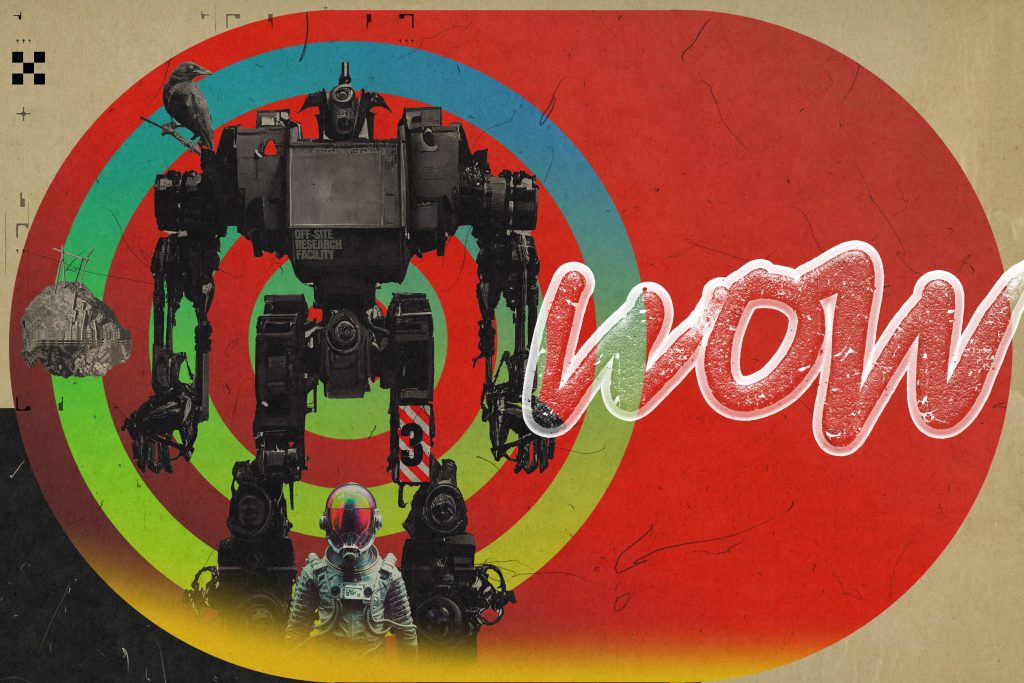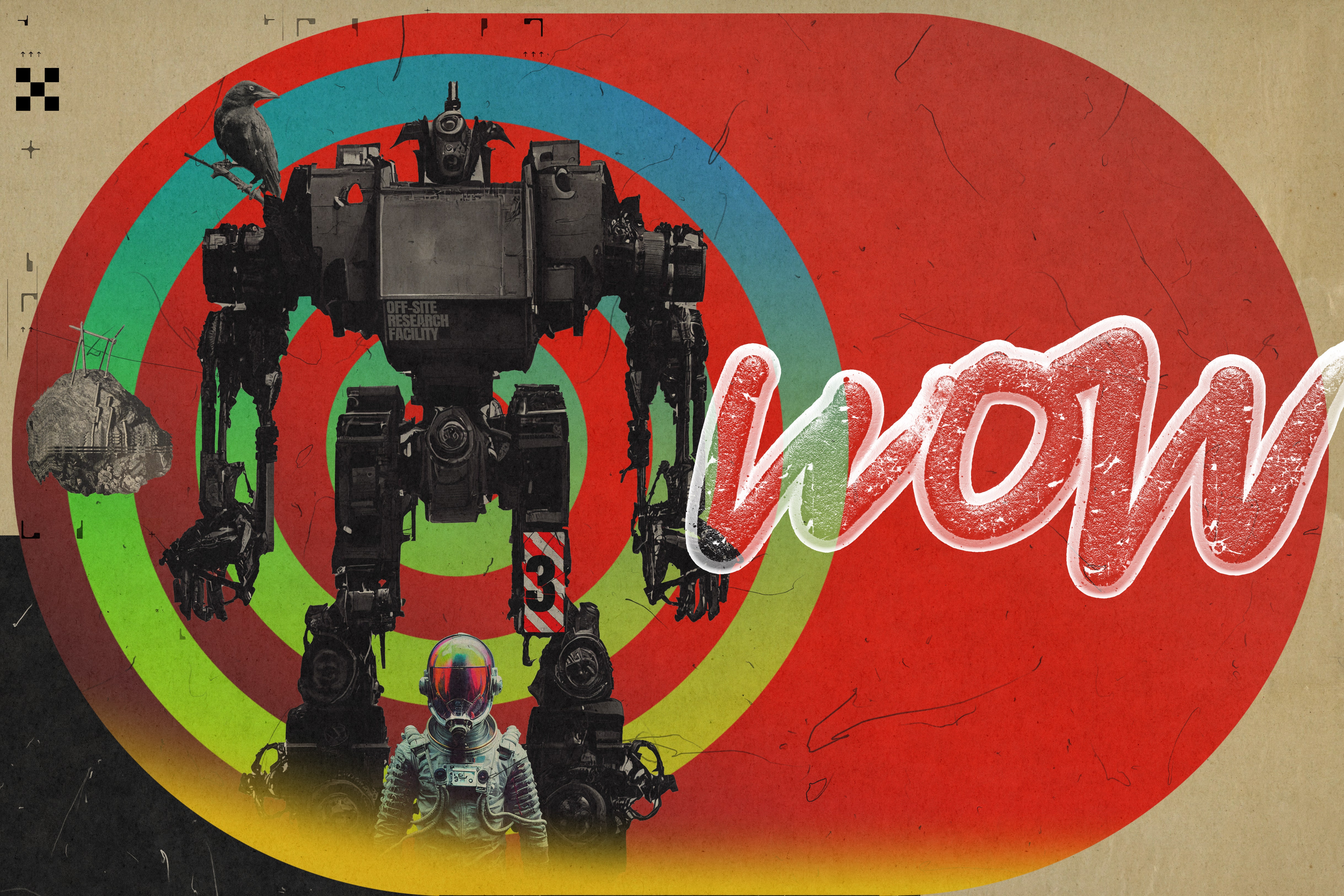
Determining Copyright Ownership for AI-Generated Artwork

### AI-Generated Art and Copyright: A New Legal Frontier
In recent years, AI-generated art has captivated the public and challenged traditional notions of creativity and authorship. At the center of this debate is Jason M. Allen, a Colorado-based artist whose AI-assisted piece, “Théâtre d’Opéra Spatial” (2022), ignited controversy after it won first place in a local art competition. His ongoing legal battle to secure copyright protection for his creation poses significant questions about the intersection of art, AI technology, and intellectual property rights.
#### **The Origins of the Controversy**
Allen’s piece was crafted using Midjourney, a generative image platform powered by artificial intelligence (AI), which creates unique visuals based on text prompts. The victory of his AI-generated artwork in a 2022 art competition triggered outrage from many human artists, some of whom saw AI as a threat to their craft. Despite the controversy, Allen maintained that the work was a product of his creativity, as he selected and shaped the prompts that gave rise to the final image.
Following the competition, Allen sought to secure copyright protection for “Théâtre d’Opéra Spatial.” However, his application was swiftly denied by the U.S. Copyright Office, which argued that since the image was primarily the result of Midjourney’s algorithms, the actual “author” of the work was not Allen, but the AI software itself.
#### **The Copyright Debate: Human vs. Machine**
The U.S. Copyright Office’s decision sparked a larger debate about the role of AI in the creative process and how legal frameworks should adapt to this evolving landscape. The rejection of Allen’s application emphasized the Copyright Office’s stance: only works with a clear human author are eligible for copyright protection.
In September 2023, Allen’s situation took another significant twist when the Copyright Review Board upheld the original rejection. The Board’s refusal followed Allen’s decision to withhold information about specific aspects of the artwork that were created by AI and which parts, if any, were added or modified by him. Allen, however, asserts that the work involved a substantial degree of human effort, as he curated and refined his prompts over 624 iterations to produce the final image.
#### **Allen’s Legal Appeal and Claims**
In response to the Copyright Office’s decision, Allen launched an appeal in September 2023, arguing that the rejection unjustly denies his right to claim intellectual ownership over his work. Allen’s legal team also highlighted that unauthorized reproductions of the piece had been monetized by third-party sellers on platforms like Etsy, further complicating the ownership dispute. According to his attorney, Tamara Pester Schklar, the appeal is based on the premise that Allen, through his creative intervention and use of AI tools, remains the true author of “Théâtre d’Opéra Spatial.”
Pester emphasized that the Copyright Office’s denial exposes significant gaps within the current understanding of authorship, particularly in the context of art created using AI. In their appeal, Allen’s legal team highlighted that using technology—AI in this case—does not inherently diminish the role of the human creator. They argued that AI is just another tool, and the person guiding that tool should still be considered the rightful author.
#### **Expanding the Legal Precedent**
Allen’s case is not the only one raising such dilemmas. In a parallel case, Steven Thaler, another AI enthusiast, sought copyright protection in Washington, D.C., for his work “A Recent Entrance to Paradise” (2012), which he completed using an AI program called DABUS. Thaler’s petition was also denied on the grounds that machine-generated works without clear human input do not qualify for copyright protections.
These two cases reveal a legal gray area when it comes to AI-assisted works. While current legal standards emphasize the necessity of human authorship, they lack the nuance required to tackle the complexities introduced by AI-influenced creativity.
#### **The Creativity Dilemma**
At the heart of these copyright disputes is a fundamental question: What constitutes “authorship” in the age of artificial intelligence? And how will society reconcile AI’s role in industries that traditionally relied on human ingenuity and skill?
Many experts argue that existing legal principles, developed long before AI, may no longer suffice in an era where machines can generate art, music, literature, and more. With AI tools becoming more sophisticated and accessible, the line between human and machine-generated content is blurring.
Some, like Pester, assert that using AI should be treated similarly to using traditional art tools like paintbrushes or digital editing software. In these contexts, the artist’s end result is a creative product shaped by their vision, regardless of the medium or tool used.
However, others caution that recognizing AI-generated works as copyrightable might encourage a new wave of non-human-created art flooding the market, diminishing human craftsmanship and originality.
#### **The Path Forward: Rethinking AI